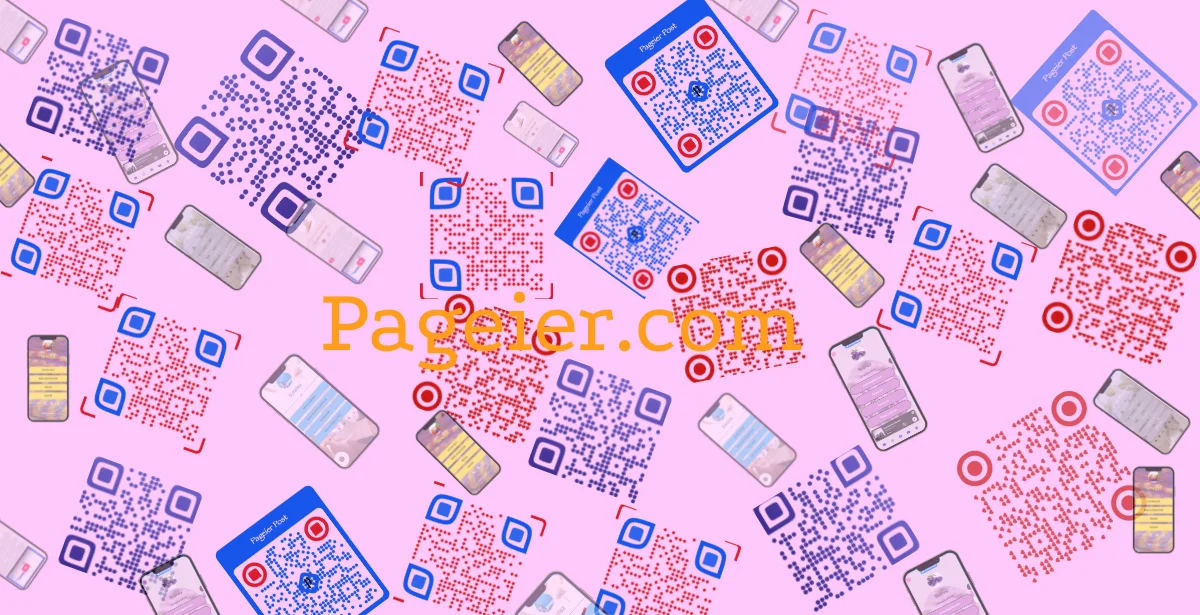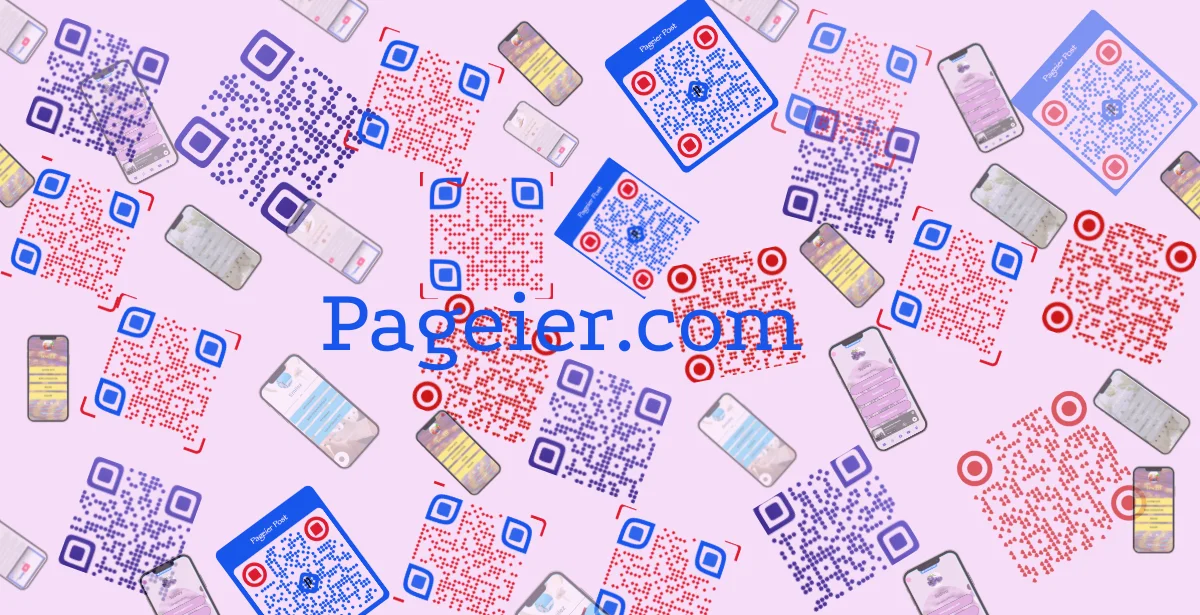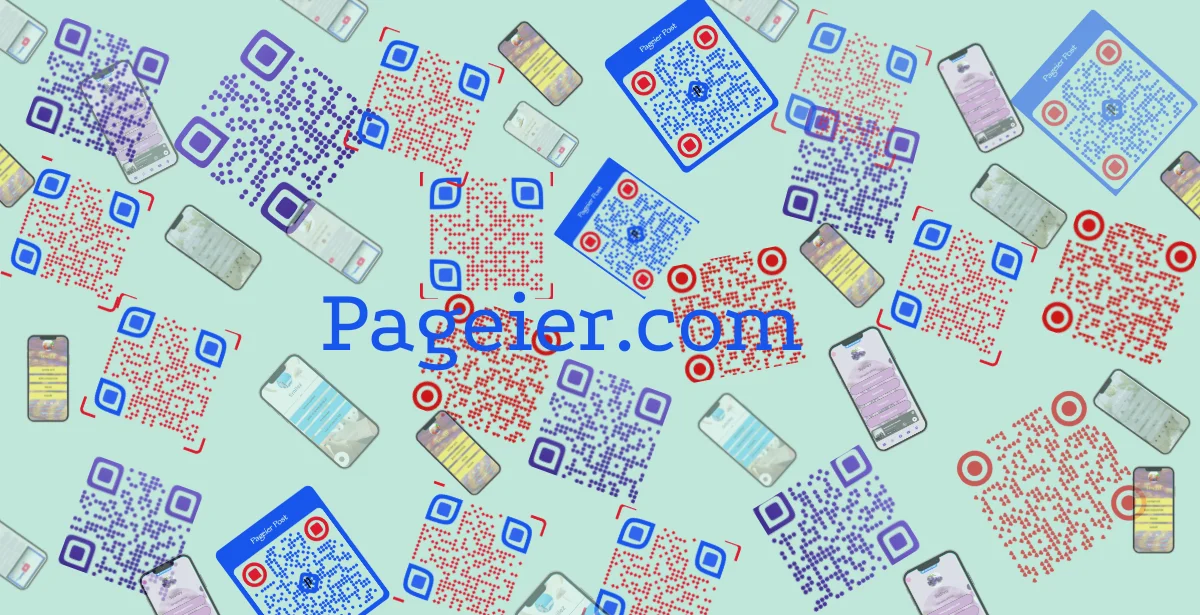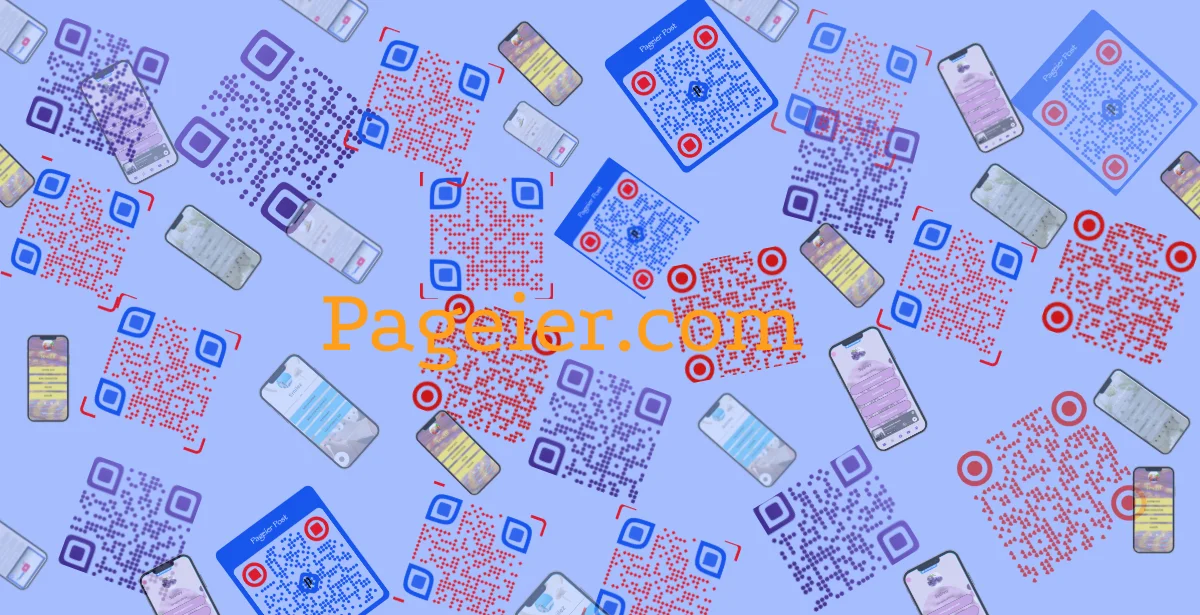
The Importance of Customer Feedback
In today’s fast-paced business world, customer feedback is more than just a nice-to-have; it’s essential for success. Why? Because understanding customer preferences can shape the future of any business. When we listen to our customers, we can identify areas for improvement. This is crucial for growth.
Understanding Customer Preferences
Have you ever wondered what your customers really want? Gathering feedback helps us uncover their true preferences. For instance, a simple survey can reveal whether customers prefer a specific product feature or a different service approach. This insight allows us to tailor our offerings to meet their needs better.
Identifying Areas for Improvement
Feedback acts like a mirror, reflecting what we might not see ourselves. It highlights pain points in the customer journey. For example, if customers frequently mention a long checkout process, it’s a clear signal that we need to make changes. By addressing these issues, we enhance the overall experience.
Gathering Insights Beyond Assumptions
We often make assumptions about our customers. But are they accurate? Gathering feedback helps us validate or challenge these assumptions. It’s not just about what we think; it’s about what our customers are telling us. This can lead to surprising insights that drive innovation.
Enhancing Product and Service Offerings
When we act on feedback, we can enhance our products and services. For example, a restaurant that learns from feedback that customers want more vegetarian options can adjust their menu accordingly. This not only satisfies existing customers but also attracts new ones.
Fostering Customer Relationships
Engaging with customers through feedback fosters stronger relationships. When customers feel heard, they are more likely to remain loyal. I’ve learned that 60-70% of sales come from existing customers. This statistic underscores the importance of nurturing these relationships. A beauty brand, for instance, connects with customers post-purchase through feedback links, tailoring offers based on their preferences. This personal touch builds trust.
Driving Sales Growth Through Loyal Customers
Ultimately, customer feedback drives sales growth. Loyal customers are more likely to return and recommend our business to others. By showing that we value their opinions, we create a cycle of loyalty and satisfaction. As the CEO of a successful retail brand said,
“Customer feedback is the compass that guides my business decisions.”
This quote resonates deeply with me.
In conclusion, customer feedback is a powerful tool. It helps us understand preferences, identify areas for improvement, and gather insights that go beyond our assumptions. By enhancing our offerings and fostering relationships, we can drive sales growth through loyal customers. Embracing feedback is not just a strategy; it’s a commitment to excellence.
QR Codes: The Frictionless Feedback Solution
Have you ever thought about how frustrating it can be to provide feedback? I know I have. Often, it feels like a chore. But what if I told you that QR codes can change that? They offer instant access to surveys and make sharing your thoughts a breeze.
Why QR Codes Matter
QR codes eliminate the need for cumbersome logins. You simply scan, and you’re in! This elimination of login requirements means that customers can share their opinions without the hassle. Think about it: how many times have you abandoned a survey because you had to create an account? I bet it’s more than once.
Cost-Effective Engagement Strategy
Using QR codes is also a cost-effective engagement strategy. They require minimal investment and can be integrated into existing platforms. Whether it’s on a receipt, product packaging, or even a digital ad, QR codes can be placed almost anywhere. This flexibility allows businesses to reach customers in various settings.
Utilizing Mobile Technology
In today’s world, everyone has a smartphone. This makes the utilization of mobile technology crucial. QR codes tap into this trend perfectly. Customers can scan a code with their phones and provide feedback in seconds. It’s quick, easy, and efficient.
Boosting Survey Completion Rates
Now, let’s talk numbers. Did you know that 65% of customers are more inclined to complete surveys with incentives? That’s a significant statistic! Pairing QR codes with promotional offers can skyrocket response rates. As a marketing expert once said,
“The convenience of QR codes can skyrocket response rates for post-purchase feedback!”
This is not just a theory; it’s a proven fact.
Seamless Experience for Respondents
QR codes offer a seamless experience for respondents. They can provide feedback without the need for app downloads or complicated processes. This simplicity is key to enhancing customer satisfaction. When customers feel valued and heard, they are more likely to return. It’s a win-win situation!
Effective Placement is Key
Where you place these QR codes matters. Effective locations include:
- Printed receipts
- Product packaging
- Point of sale (POS) counters
- Product displays
These high-traffic areas ensure that customers engage with the codes when they are most likely to provide feedback. And remember, a clear call to action (CTA) is essential. You want to guide them on what to do next.
Linking to Sentiment Analysis Tools
Understanding customer sentiment is crucial. By linking QR codes to sentiment analysis tools like Google Forms or SurveyMonkey, businesses can gain deeper insights into feedback trends. This allows for a more nuanced understanding of customer needs.
In conclusion, QR codes are revolutionizing the way we collect feedback. They simplify the process, eliminate barriers, and enhance customer engagement. By leveraging this technology, businesses can not only gather valuable insights but also foster stronger relationships with their customers. So, are you ready to embrace QR codes as your frictionless feedback solution?
Effective Placement Strategies for QR Codes
When it comes to QR codes, placement is everything. If we want customers to engage, we need to think strategically about where we put these codes. After all, visibility is key; if customers can’t see the QR code, they won’t use it. So, where should we start?
1. High-Traffic Areas
First, let’s consider high-traffic areas. Think about places where customers naturally gather. These could be:
- Checkout counters
- Waiting areas
- Near product displays
By positioning QR codes in these spots, we maximize the chances of them being scanned. It’s like placing a sign in a busy street; the more people see it, the better!
2. Compelling CTAs
Next, we need to incorporate compelling CTAs (Calls to Action). A simple “Scan here for a discount!” can make a world of difference. It’s not just about having a QR code; it’s about motivating customers to take action. What’s in it for them? That’s the question we need to answer.
3. Strategic Positioning
Consider positioning QR codes on:
- Receipts
- Menus
- Product packaging
These are touchpoints where customers are already engaged. They’re more likely to scan a code if it’s right in front of them when they’re making a decision.
4. Testing Different Placements
Testing different placements is crucial. We can’t just assume one spot will work better than another. By experimenting, we can discover what resonates best with our audience. A/B testing can provide valuable insights into which placements yield the highest engagement rates.
5. Standard Size for Visibility
Don’t forget about size! QR codes should be at least 2 cm by 2 cm to ensure they’re easily scannable. If they’re too small, customers might overlook them. Think of it like a billboard; if it’s too tiny, no one will read it.
6. Leverage Customer Touch Points
Lastly, let’s leverage customer touch points. Every interaction with a customer is an opportunity. Whether it’s through email, social media, or in-store experiences, we can integrate QR codes seamlessly. This not only enhances engagement but also creates a cohesive brand experience.
In summary, the placement of QR codes is essential for maximizing feedback responses. By focusing on high-traffic areas, incorporating compelling CTAs, and testing various placements, we can significantly improve engagement. Remember, the goal is to make it as easy as possible for customers to share their thoughts. After all, we’re not just collecting data; we’re building relationships.
“Visibility is key; if customers can’t see the QR code, they won’t use it.” – Retail strategist
Let’s get creative with our Pageier QR code placements and watch the engagement soar!
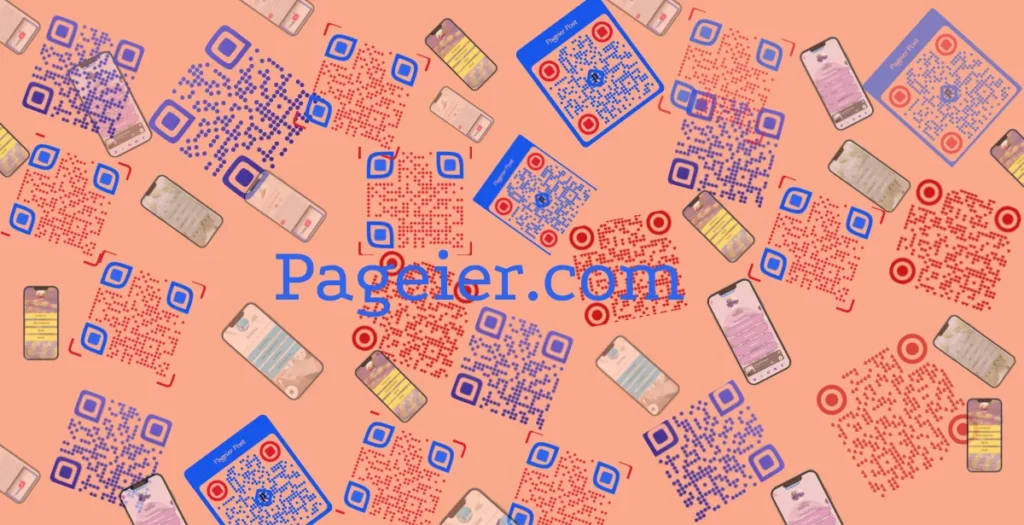
Tracking Engagement and Feedback Trends
In today’s fast-paced digital world, understanding customer engagement is crucial. I’ve found that utilizing analytics tools can provide invaluable insights. These tools help us measure success through various metrics, such as scan rates and demographics. But how do we make sense of all this data?
1. Measuring Success Through Scan Rates and Demographics
Understanding who is engaging with our content is vital. Are we reaching the right audience? By measuring scan rates, we can identify which demographics are most responsive. This helps us tailor our strategies to meet their needs.
2. Adapting Strategies Based on Collected Data
Data isn’t just numbers; it tells a story. When we analyze feedback, we can adapt our strategies accordingly. For example, if a campaign isn’t performing well, we can tweak it based on the insights we gather. It’s all about being flexible and responsive.
4. Identifying High-Performing Campaigns
Not all campaigns are created equal. Some will shine while others fade into the background. By tracking engagement metrics, we can identify which campaigns are hitting the mark. This allows us to replicate success in future initiatives.
5. Understanding User Behavior for Targeted Feedback
What do our customers really want? Understanding user behavior is key to gathering targeted feedback. By analyzing how customers interact with our surveys, we can ask the right questions and get the insights we need.
6. Continually Optimizing with A/B Testing
Have you ever tried two different approaches to see which one works better? That’s A/B testing in action. It allows us to refine our strategies continuously. For instance, I might test two different QR Code placements to see which one generates more feedback.
“Using analytics to track engagement is like having a GPS for customer interest!” – Data analyst
Adapting to customer feedback can create a stronger loyalty loop. When we show customers that we value their opinions, they’re more likely to return. It’s a win-win situation!
To continuously optimize survey responses collected through Pageier QR Codes, tracking engagement metrics is vital. I’ve seen firsthand how effective this can be. By leveraging analytics, we can enhance our feedback collection strategies, ensuring we’re always improving.
In conclusion, tracking engagement and feedback trends is not just about collecting data. It’s about understanding our customers and adapting to their needs. With the right tools and strategies, we can create a more engaging experience for everyone involved.
Best Practices for Creating QR Code Surveys
Creating effective QR Code surveys is essential for gathering customer feedback. But how do we make sure our surveys are engaging and easy to use? Here are some best practices I’ve discovered.
1. Ensure Ease of Use for Customers
First and foremost, we must prioritize ease of use. If customers find the survey process complicated, they’re likely to abandon it. QR Codes should lead directly to a survey without requiring logins or app downloads. Just a quick scan, and they’re in!
2. Link QR Codes to User-Friendly Platforms
Next, link your Pageier QR Codes to platforms that are intuitive. Think about it: if the survey page is cluttered or confusing, will customers stick around? I’ve seen platforms like Google Forms and SurveyMonkey provide a seamless experience. They’re simple and effective.
3. Incorporate Personalized Elements
Personalization is key. When customers feel valued, they’re more likely to engage. For instance, a beauty brand I know connects customers to tailored feedback pages via QR Codes. This approach not only gathers insights but also fosters loyalty.
4. Offer Incentives for Participation
Who doesn’t love a good deal? Offering incentives can significantly boost response rates. Studies show that 65% of customers are more likely to complete a survey if they’re offered a discount. It’s a win-win!
5. Maintain a Visually Appealing Interface
Let’s not forget about aesthetics. A visually appealing survey can capture attention. Use colors and designs that align with your brand. A clean layout makes it easier for customers to focus on the questions.
In the end, creating effective QR Code surveys is about making the process as simple and engaging as possible. By following these best practices & tools like Pageier QR , we can gather valuable feedback that drives our businesses forward.
The Future of Customer Feedback Collection with QR Codes
As I dive into the world of customer feedback collection, I can’t help but feel excited about the innovative trends emerging in digital engagement. QR codes are leading the charge, transforming how businesses interact with their customers. Imagine a world where feedback is collected effortlessly, instantly, and without barriers. That’s the future we’re heading towards!
Innovative Trends in Digital Engagement
QR codes are just the beginning. They simplify the feedback process, allowing customers to share their thoughts with a simple scan. This convenience is vital. After all, who wants to deal with long surveys or complicated login processes? With QR codes, customers can provide feedback in seconds. It’s like having a direct line to their opinions.
Potential Expansion into New Markets
As businesses adopt QR codes, they open doors to new markets. Imagine a small café using QR codes to gather feedback from tourists. They can quickly adapt their menu based on preferences, attracting more customers. This flexibility can lead to significant growth opportunities.
Integration with Emerging Technologies
Emerging technologies are also playing a role. By integrating QR codes with AI and machine learning, businesses can analyze feedback trends more effectively. This means they can anticipate customer needs before they even voice them. Isn’t that fascinating?
Enhanced Customer Experiences Through Customization
Customization is key to enhancing customer experiences. By leveraging QR codes, businesses can tailor their offerings based on feedback. For instance, a beauty brand might use QR codes to connect customers to personalized offers after a purchase. This not only shows that they value customer opinions but also fosters loyalty.
Leveraging Customer Data for Future Growth
Collecting data through QR codes allows businesses to understand customer preferences better. This insight can guide future growth strategies. For example, if a restaurant discovers a demand for vegan options, they can adjust their menu accordingly. This adaptability is crucial in today’s fast-paced market.
Building a Hyper-Personalized Relationship with Consumers
Building a hyper-personalized relationship with consumers is essential. When businesses act on feedback, they demonstrate a commitment to improving customer experiences. This, in turn, fosters trust and loyalty. I’ve learned that 60-70% of sales come from existing customers. So, showing that we value their opinions can solidify strong relationships.
“The sky’s the limit when it comes to collecting feedback in a friction-free manner!” – AI technology pioneer
In conclusion, I’ve realized that QR Codes truly streamline customer feedback collection by providing instant access to surveys and forms while also removing the barriers associated with traditional methods. The future holds extensive opportunities for growth in customer feedback collection. As we embrace these innovative trends, we can enhance customer experiences and build lasting relationships. I am genuinely excited about the possibilities that lie ahead in this digital landscape. Let’s embark on this journey together and unlock the potential of QR codes in customer feedback collection!

